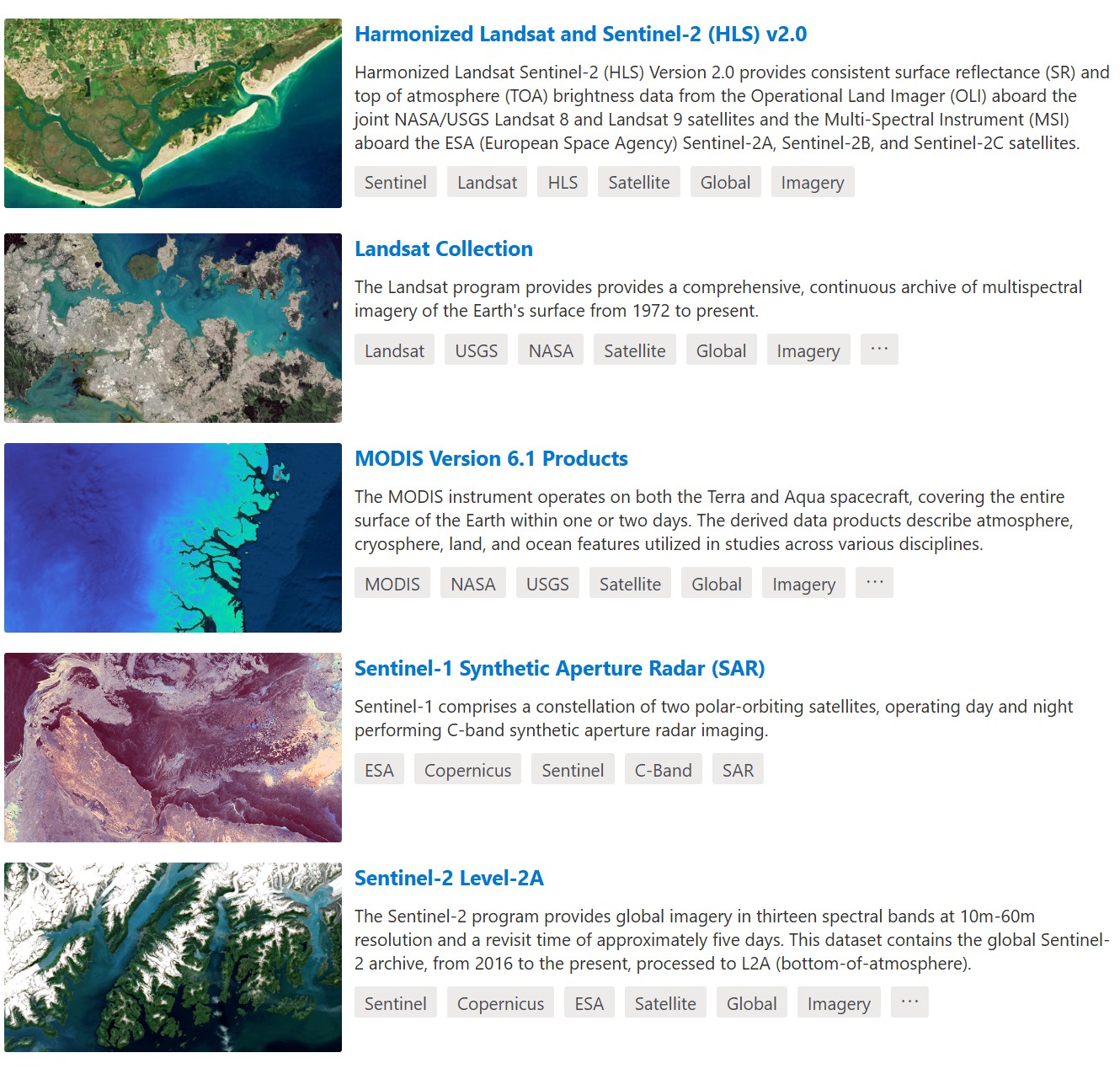https://planetarycomputer.microsoft.com/catalog






3Dprinting (178) A.I. (846) animation (350) blender (210) colour (233) commercials (52) composition (153) cool (364) design (649) Featured (80) hardware (314) IOS (109) jokes (139) lighting (289) modeling (145) music (186) photogrammetry (192) photography (755) production (1291) python (94) quotes (497) reference (314) software (1356) trailers (307) ves (555) VR (221)
The illustration below highlights the algorithms most frequently utilized in our everyday activities: They play a key role in everything we do from online shopping recommendations, navigation apps, social media, email spam filters and even smart home devices.
🔹 𝗦𝗼𝗿𝘁𝗶𝗻𝗴 𝗔𝗹𝗴𝗼𝗿𝗶𝘁𝗵𝗺
– Organize data for efficiency.
➜ Example: Sorting email threads or search results.
🔹 𝗗𝗶𝗷𝗸𝘀𝘁𝗿𝗮’𝘀 𝗔𝗹𝗴𝗼𝗿𝗶𝘁𝗵𝗺
– Finds the shortest path in networks.
➜ Example: Google Maps driving routes.
🔹 𝗧𝗿𝗮𝗻𝘀𝗳𝗼𝗿𝗺𝗲𝗿𝘀
– AI models that understand context and meaning.
➜ Example: ChatGPT, Claude and other LLMs.
🔹 𝗟𝗶𝗻𝗸 𝗔𝗻𝗮𝗹𝘆𝘀𝗶𝘀
– Ranks pages and builds connections.
➜ Example: TikTok PageRank, LinkedIn recommendations.
🔹 𝗥𝗦𝗔 𝗔𝗹𝗴𝗼𝗿𝗶𝘁𝗵𝗺
– Encrypts and secures data communication.
➜ Example: WhatsApp encryption or online banking.
🔹 𝗜𝗻𝘁𝗲𝗴𝗲𝗿 𝗙𝗮𝗰𝘁𝗼𝗿𝗶𝘇𝗮𝘁𝗶𝗼𝗻
– Secures cryptographic systems.
➜ Example: Protecting sensitive data in blockchain.
🔹 𝗖𝗼𝗻𝘃𝗼𝗹𝘂𝘁𝗶𝗼𝗻𝗮𝗹 𝗡𝗲𝘂𝗿𝗮𝗹 𝗡𝗲𝘁𝘄𝗼𝗿𝗸𝘀 (𝗖𝗡𝗡𝘀)
– Recognizes patterns in images and videos.
➜ Example: Facial recognition, object detection in self-driving cars.
🔹 𝗛𝘂𝗳𝗳𝗺𝗮𝗻 𝗖𝗼𝗱𝗶𝗻𝗴
– Compresses data efficiently.
➜ Example: JPEG and MP3 file compression.
🔹 𝗦𝗲𝗰𝘂𝗿𝗲 𝗛𝗮𝘀𝗵 𝗔𝗹𝗴𝗼𝗿𝗶𝘁𝗵𝗺 (𝗦𝗛𝗔)
– Ensures data integrity.
➜ Example: Password encryption, digital signatures.

Explore 100,000+ copyright-free images from The MET, New York Public Library, and other sources.
Open-source fonts packaged into individual NPM packages for self-hosting in web applications. Self-hosting fonts can significantly improve website performance, remain version-locked, work offline, and offer more privacy.
https://www.awwwards.com/awwwards/collections/free-fonts
https://www.1001freefonts.com/
http://www.fontspace.com/popular/fonts
https://www.urbanfonts.com/free-fonts.htm
http://www.1001fonts.com/poster-fonts.html
How to use @font-face in CSS
The @font-face rule allows custom fonts to be loaded on a webpage.
COLLECTIONS
| Featured AI
| Design And Composition
| Explore posts
POPULAR SEARCHES
unreal | pipeline | virtual production | free | learn | photoshop | 360 | macro | google | nvidia | resolution | open source | hdri | real-time | photography basics | nuke
FEATURED POSTS
Social Links
DISCLAIMER – Links and images on this website may be protected by the respective owners’ copyright. All data submitted by users through this site shall be treated as freely available to share.
